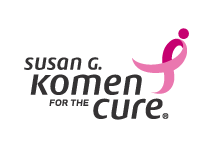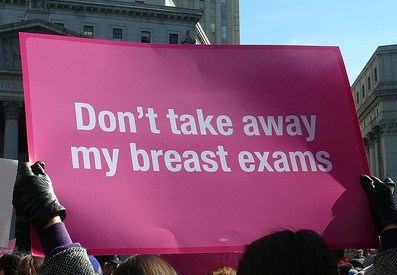CHMP Health in Film & New Media screening The Line
On February 23, 2012 Nancy Schwartzman will present her critically acclaimed short film, THE LINE and it’s companion media campaign to empower young leaders to end sexual violence. The film is our first event in the Center for Health, Media & Policy’s HEALTH in FILM & NEW MEDIA spring series.
THE LINE is a documentary about a young woman – the filmmaker- who is raped, but her story isn’t cut and dry. Not a “perfect victim,” the filmmaker confronts her attacker, recording the conversation with a hidden camera. Sex workers, survivors and activists discuss justice, accountability and today’s “rape culture.” The film asks the question: where is the line defining consent?
Nancy’s WHERE IS YOUR LINE CAMPAIGN believes that documentary films can create social change, with the right partners and the right platforms. WHERE IS YOUR LINE is a non-profit organization and movement that is committed to empowering young leaders to create a world without sexual violence. Nancy will show us how the campaign is creating critical dialogues and new media to inspire action.
Join us for a fascinating and thought-provoking evening!
CHMP’s Health in Film & New Media Series presents:

THE LINE
Thursday, February 23, 2012 – 6pm
CUNY School of Public Health at Hunter College
MAIN AUDITORIUM, 2nd FLOOR
2180 Third Avenue at 119th Street
New York, NY 10035
Directions: 6 train to 116th OR 4/5/6 to 125th
Event is FREE.
Seating is limited and RSVPs are essential. Please respond as soon as possible: chmp@hunter.cuny.edu
MORE INFO:
THE LINE is about a one night stand far from home that goes terribly wrong. As the filmmaker unravels her experience, she decides to confront her attacker. Told through a “sex-positive” lens, The Line is a 24 minute documentary about a young woman – the filmmaker- who is raped, but her story isn’t cut and dry. Not a “perfect victim,” the filmmaker confronts her attacker, recording the conversation with a hidden camera. Sex workers, survivors and activists discuss justice, accountability and today’s “rape culture.” The film asks the question: where is the line defining consent? Shown in film festivals around the world, The Line was released in September 2009, and is a top selling film with educational distributor, the Media Education Foundation. http://whereisyourline.org/film/
CENTER FOR HEALTH, MEDIA & POLICY: http://centerforhealthmediapolicy.com/
The Hunter College Center for Health, Media and Policy is an interdisciplinary initiative for advancing the health of the public and healthy public policies through effective interactions with new and traditional media. The Center is a catalyst for shaping professional and public conversations about health and health care by focusing on the intersection between policy and media. CHMP works with public health advocates and health care professionals to raise their voices to influence policies that will create a more equitable and cost-effective health care system.
THIS EVENT IS CO-SPONSORED WITH:
CUNY SCHOOL OF PUBLIC HEALTH: http://www.cuny.edu/site/sph.html
HEALTH PROFESSIONS EDUCATION CENTER: http://www.hunter.cuny.edu/shp/centers/hpec/
HEALTH EQUITY INITIATIVE: http://www.healthequityinitiative.org/
On February 23, 2012 Nancy Schwartzman will






 News of the
News of the  The Facebook posts I saw last week communicated a sense of outrage. Planned Parenthood provides breast cancer screening services for low-income and minority women – those that are often most vulnerable and least able to obtain quality care. It was more than a so-called “pro-choice” vs. “pro-life” argument. The broad support shown by so many people, across multiple social media platforms was a clear statement that women’s health issues matter.
The Facebook posts I saw last week communicated a sense of outrage. Planned Parenthood provides breast cancer screening services for low-income and minority women – those that are often most vulnerable and least able to obtain quality care. It was more than a so-called “pro-choice” vs. “pro-life” argument. The broad support shown by so many people, across multiple social media platforms was a clear statement that women’s health issues matter.